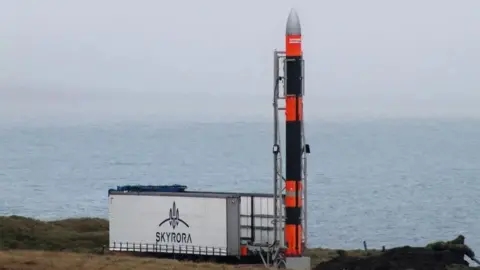The ripple effects of U.S. tariffs are spreading across Asia, threatening the region’s tech-driven economic growth. What began as a trade dispute with China has now expanded, ensnaring key manufacturing hubs like Vietnam, Taiwan, and India—countries that once seemed like safe havens for companies seeking to avoid tariffs.
Initially, businesses adapted by shifting production away from China, adopting the so-called “China+1” strategy to minimize exposure to rising trade barriers. But the latest wave of tariffs leaves few alternatives. Stock markets in Taiwan and South Korea, both critical players in global electronics supply chains, dipped sharply as investors reacted to the uncertainty.
Major U.S. firms, from Apple to Nvidia, now face higher costs for essential components sourced from Asia. Apple, which manufactures iPhones in China, Vietnam, and India, has already absorbed significant financial hits due to tariffs. CEO Tim Cook warned that additional levies could add over a billion dollars in expenses, complicating long-term business planning.
The stakes are particularly high for Taiwan, which produces more than half the world’s semiconductors. With a 20% tariff now imposed on Taiwanese chips, companies like Nvidia—which relies on Taiwan Semiconductor Manufacturing Company (TSMC) for advanced AI chips—will see costs rise.
E-commerce is another casualty. The elimination of duty exemptions for small-value imports—a move targeting Chinese retailers like Shein and Temu—has also impacted U.S. platforms such as eBay and Etsy, driving up prices for American consumers.
While the tariffs are framed as a move to protect U.S. jobs, the reality is more complex. In a globally interconnected economy, American businesses and consumers may end up paying the price. With negotiations still unresolved, the full impact remains uncertain—leaving both Asian exporters and U.S. companies bracing for further disruptions.









